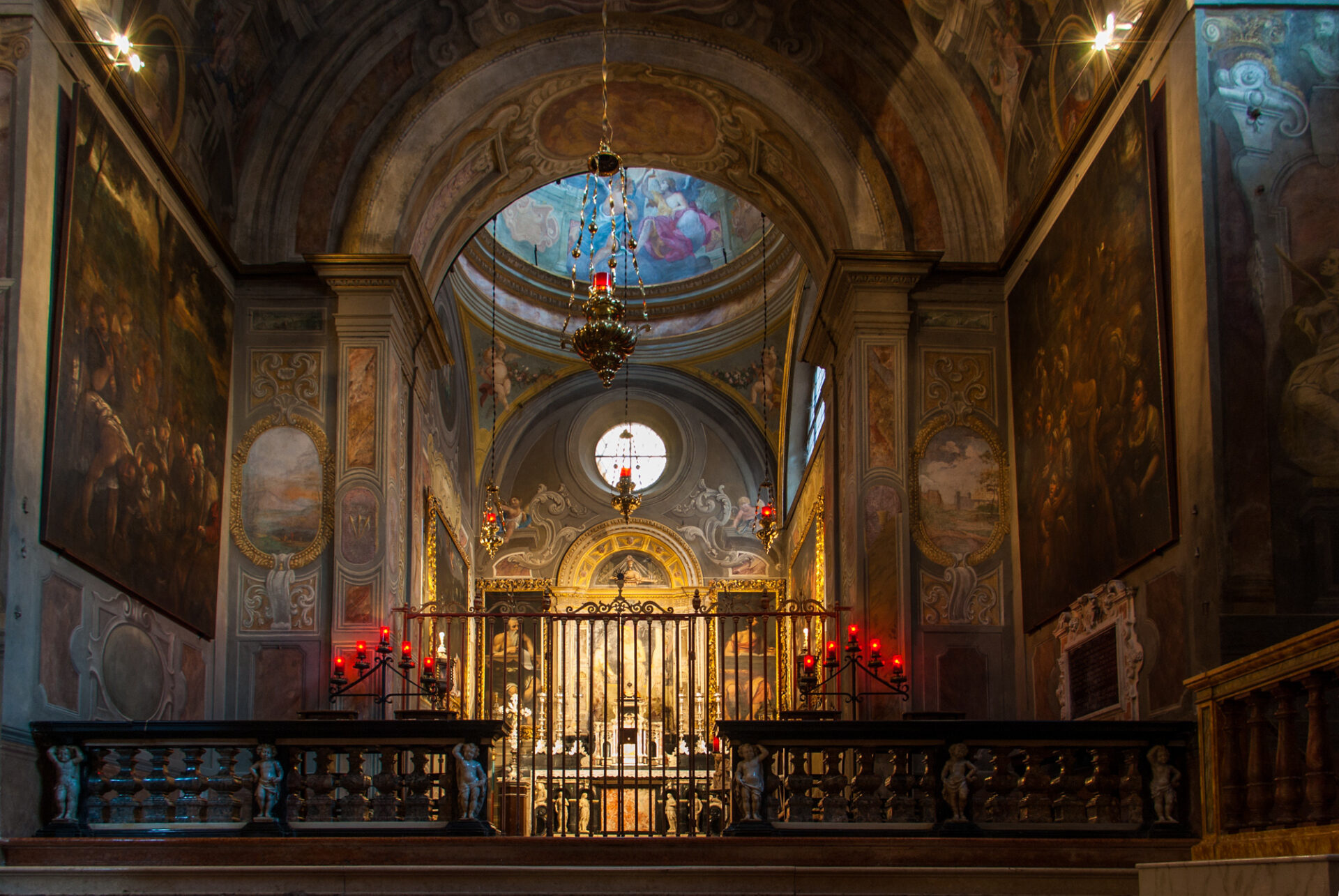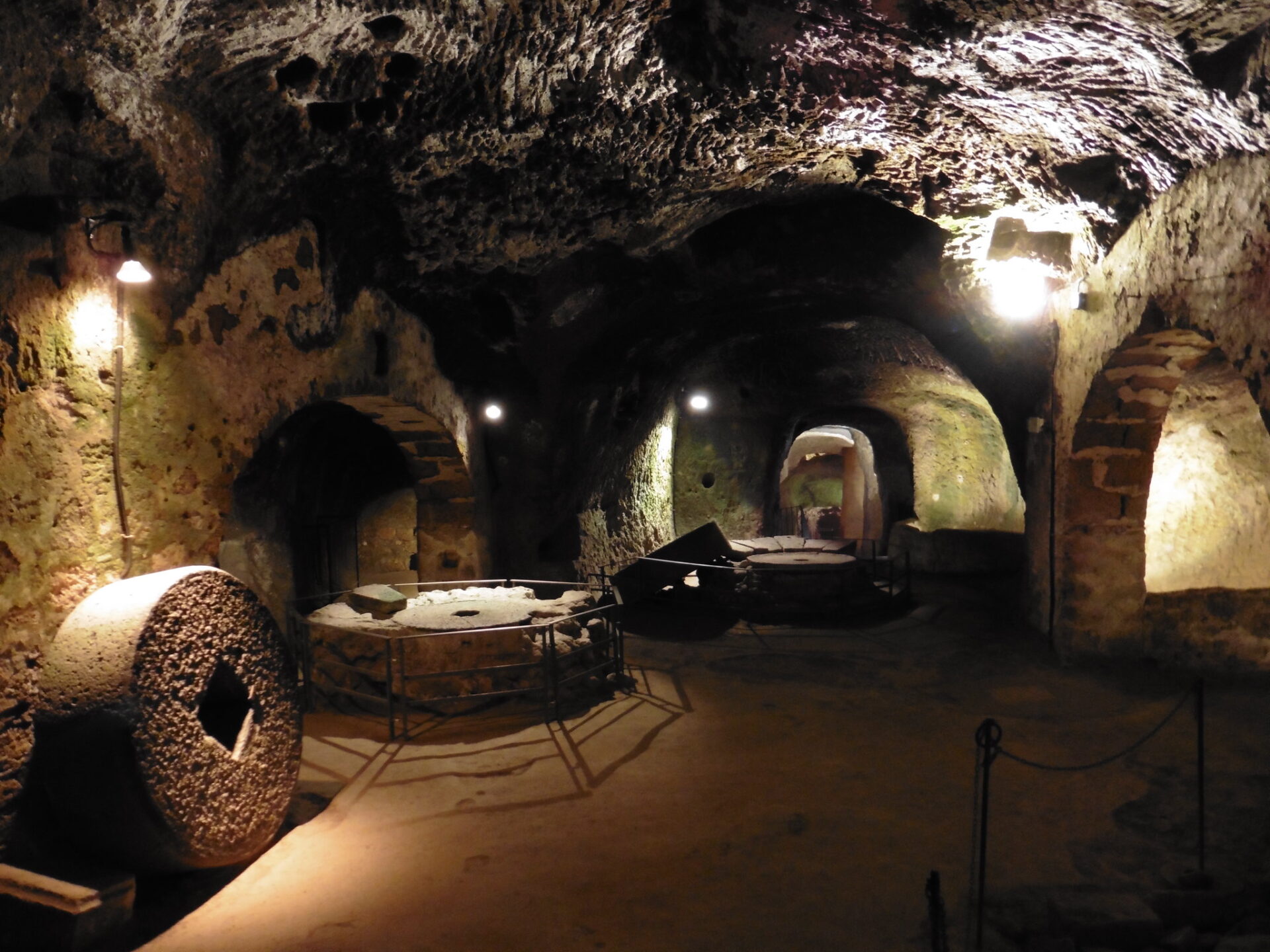Walking through Brescia feels like stepping through a living timeline of Italian history. This northern Italian gem, often overlooked by travelers rushing between Milan and Venice, offers an incredible journey from ancient Roman splendor to Renaissance beauty all within a compact city center.
Brescia’s stone streets tell the story of over two thousand years of history, with remarkably preserved ruins and architecture at every turn.
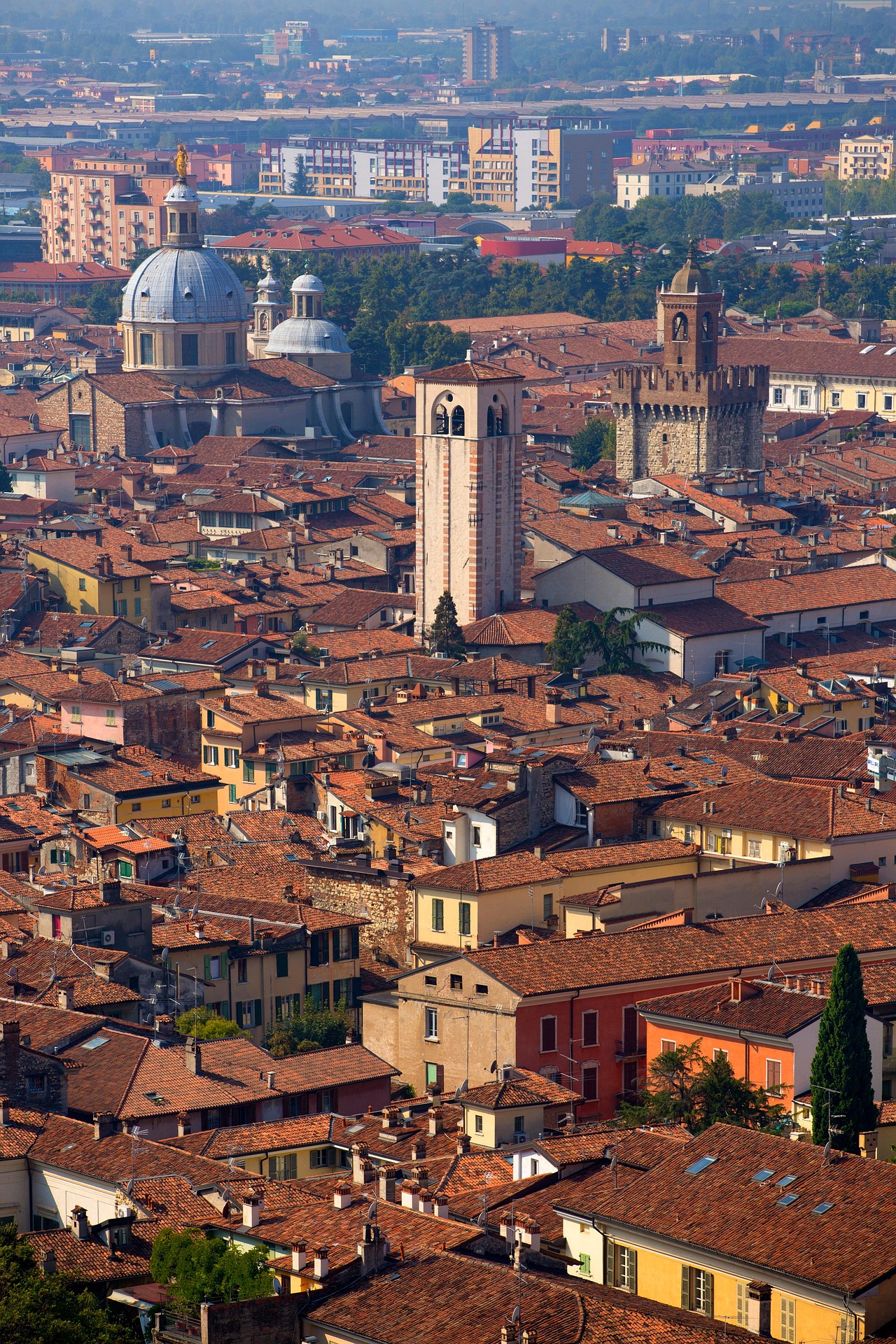
I discovered this “Lioness of Italy” during a spring visit last year. I was amazed by how the Roman Capitolium stands proudly near medieval squares and Renaissance palaces. The city’s layers of history blend seamlessly as you wander from the ancient Piazza del Foro to the monumental Piazza della Vittoria.
What makes a walking tour of Brescia so special is the lack of overwhelming crowds that plague other Italian destinations. I strolled through its atmospheric streets, stopping to admire Roman columns, medieval cathedrals, and Renaissance facades without battling throngs of tourists. The city reveals its treasures gradually, rewarding those who take time to explore its historic heart with fascinating stories and hidden corners that most visitors to Italy never experience.
The Cradle of History: Exploring Roman Brescia
Brescia’s ancient heart reveals itself through impressive archaeological sites that rank among northern Italy’s most significant Roman remains. Walking through these historic landmarks feels like stepping through time itself.
Castello di Brescia and Ancient Beginnings
Perched on Cidneo Hill, the Castello di Brescia offers breathtaking views and a glimpse into the city’s ancient origins. I was amazed by how this fortress has witnessed centuries of Brescia’s evolution from Roman times through medieval and Renaissance periods.
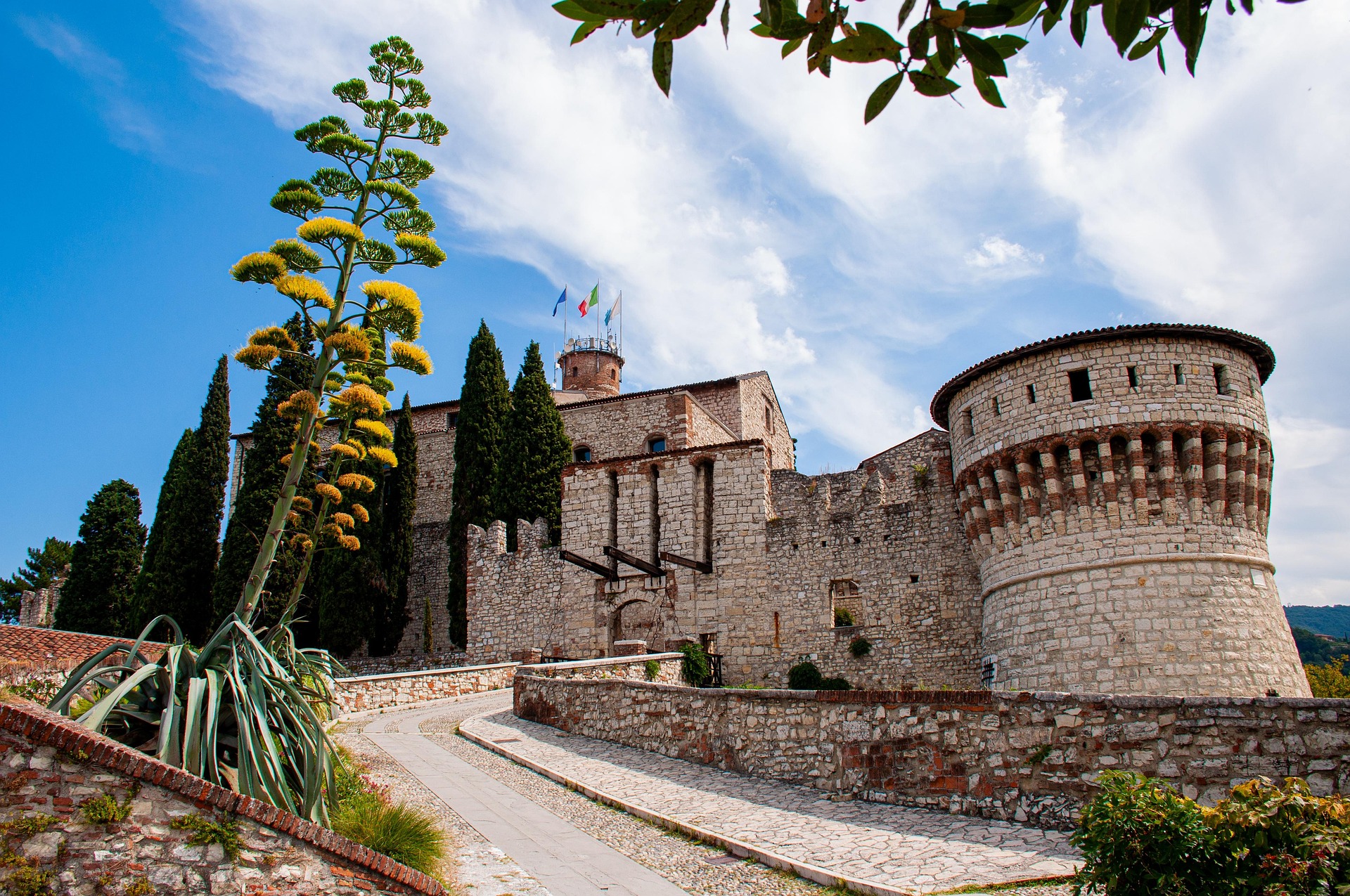
The castle complex features well-preserved walls and structures that date back to different eras. As I walked through its grounds, I noticed information panels explaining how the Romans first recognized the strategic importance of this hilltop position.
Inside the castle, you’ll find the Arms Museum, which houses an impressive collection of historical weapons and armor. The archaeological area beneath the castle reveals fascinating layers of history including Roman foundations.
Duomo Vecchio: Journey Through Time
The Duomo Vecchio (Old Cathedral) stands as one of the most unique religious buildings I’ve explored in Italy. This rare example of a circular Romanesque cathedral was built upon earlier Roman structures.
Walking inside, I was struck by the massive stone pillars and the perfect circular shape. The building dates to the 11th century but incorporates elements from even earlier periods.
The cathedral houses beautiful artworks and artifacts that showcase Brescia’s religious heritage. I recommend taking time to visit the underground archaeological area where you can see remains of earlier Roman and early Christian structures beneath the current building.
Walking the Roman Empire: Piazza del Foro
Piazza del Foro represents the heart of ancient Roman Brescia, or Brixia as it was known then. This archaeological area contains some of the best-preserved Roman ruins in Northern Italy, including temple columns, parts of the forum, and theater remains.
The Capitolium Temple stands as the highlight of this area, with its impressive columns and restored sections giving you a real sense of Roman architectural grandeur. I found the detailed mosaics and archaeological finds particularly fascinating.
Nearby, you’ll discover the remains of Roman houses with well-preserved frescoes. The archaeological museum adjacent to the forum houses artifacts found during excavations, including pottery, coins, and everyday items used by Roman citizens.
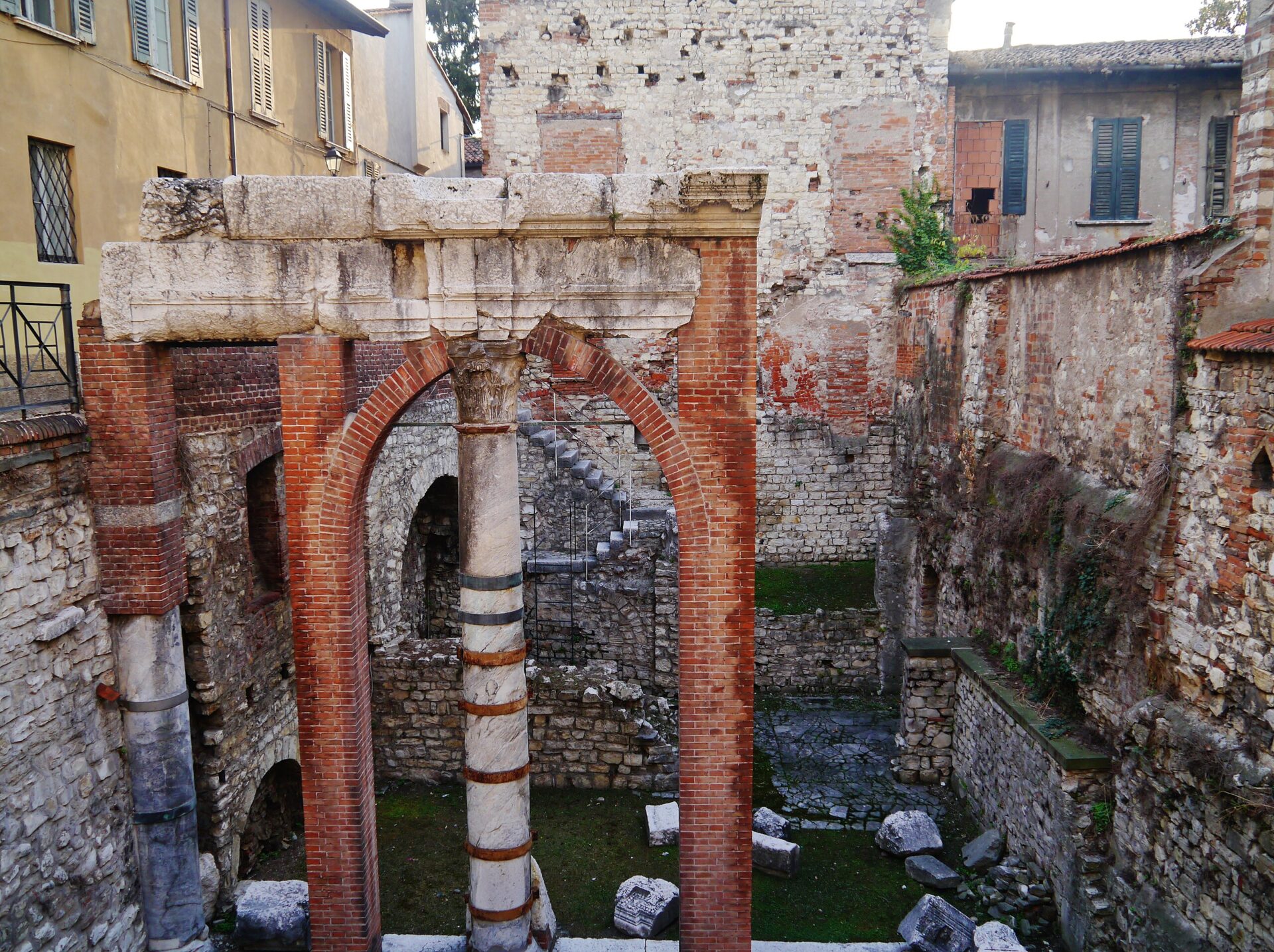
Renaissance Splendor: The Heart of Brescia’s Culture
Brescia’s Renaissance period transformed the city into a cultural jewel with magnificent architecture and artistic achievements. Walking through the historic center reveals the city’s golden age when wealth and artistic patronage created spaces that still impress visitors today.
Piazza della Loggia: A Seat of Power
The moment I stepped into Piazza della Loggia, I was transported back to the 15th century. This elegant square represents the political heart of Renaissance Brescia. The stunning Palazzo della Loggia dominates the space with its marble façade and impressive dome.
Built between 1492 and 1574, this town hall showcases the wealth and ambition of Brescia during the Venetian rule. The astronomical clock on the square dates to 1546 and still marks time for modern visitors.
What struck me most were the intricate details – the Roman-inspired columns, the ornate stone carvings, and the perfect proportions that exemplify Renaissance design principles. The square often hosts markets and festivals, continuing its tradition as a gathering place.
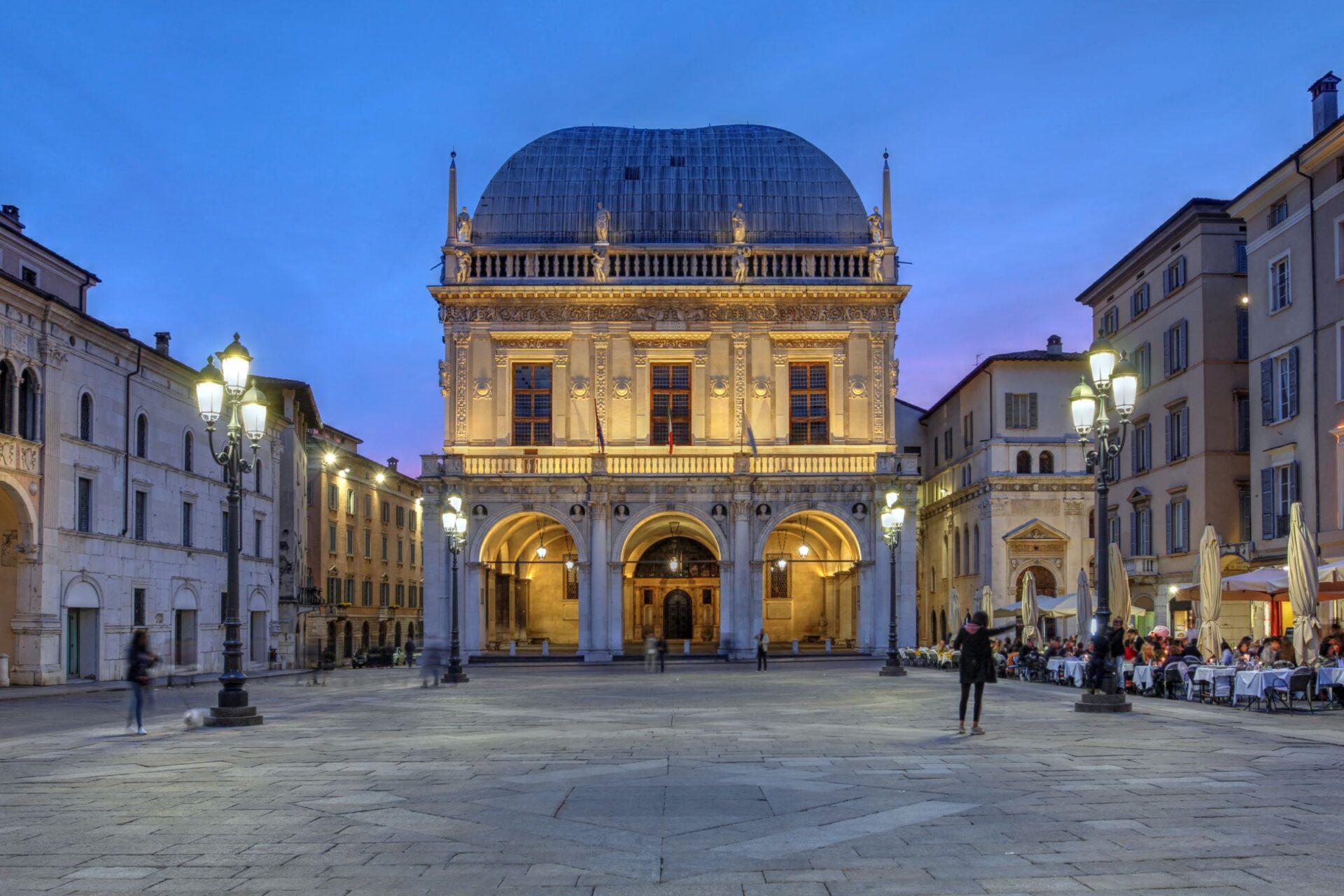
Renaissance Architecture and Duomo Nuovo
The Duomo Nuovo (New Cathedral) stands as a masterpiece of Renaissance and Baroque architecture. Construction began in 1604 and wasn’t completed until the 19th century, creating a fascinating blend of styles.
Its massive dome reaches 80 meters high, making it the third largest in Italy. I was amazed by the sheer scale when I entered the cathedral’s cool interior.
Inside, Renaissance ideals of harmony and proportion are evident in every detail. The circular layout creates perfect acoustics, while the marble altars and religious artworks showcase the period’s artistic achievements.
The cathedral sits adjacent to the older Duomo Vecchio, creating a compelling contrast between medieval and Renaissance architectural styles. This juxtaposition perfectly illustrates Brescia’s evolution through the centuries.
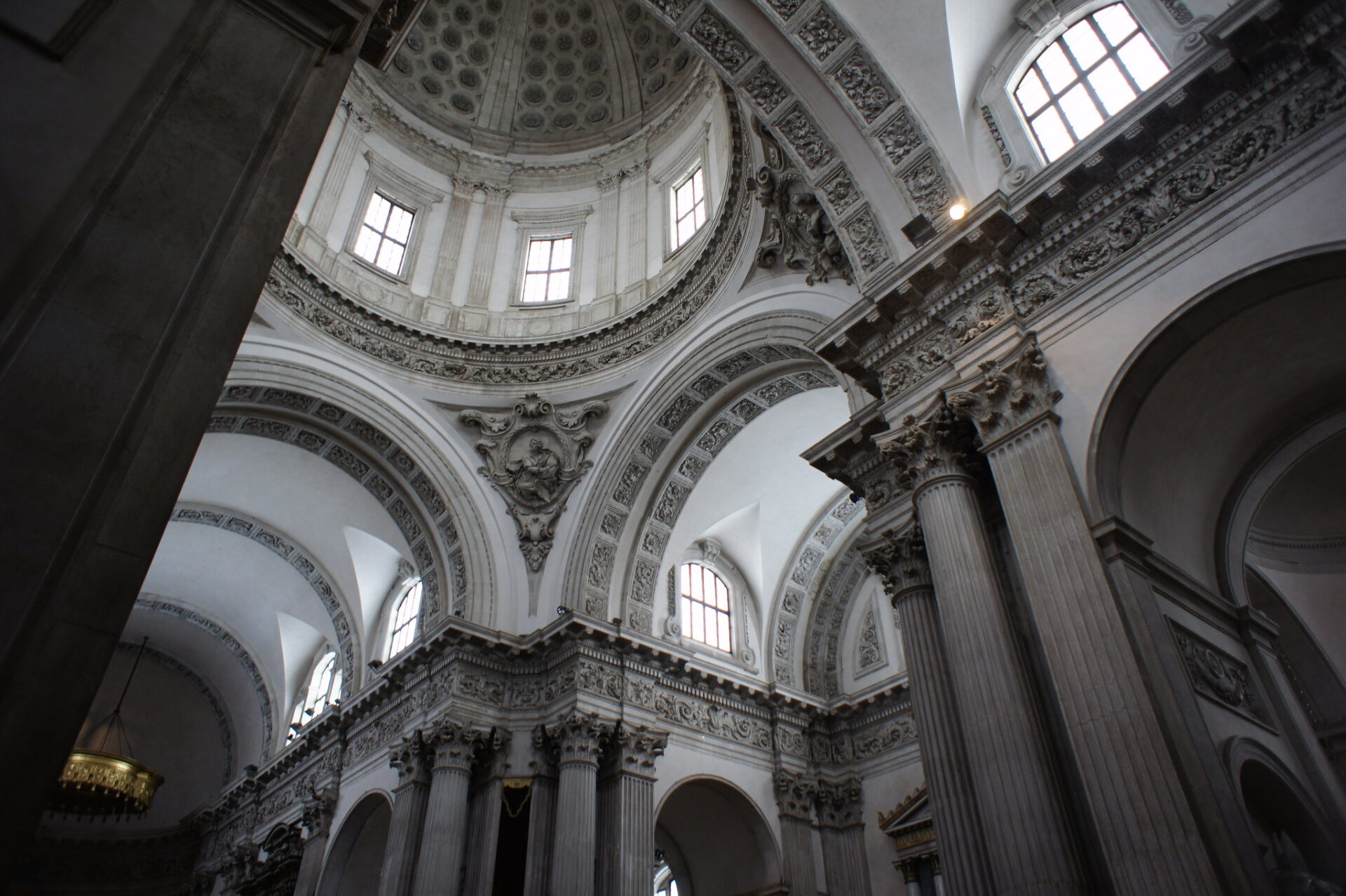
Artistic Marvels at the Palazzo Ducale
The Palazzo Ducale houses an impressive collection of Renaissance art that captures Brescia’s cultural flowering. I spent hours exploring the galleries filled with masterpieces from local and Venetian artists.
The palace itself exemplifies Renaissance design with its symmetrical layout and classical influences. Its courtyard provides a peaceful retreat from the busy streets.
The collection includes works by Moretto da Brescia and Romanino, two artists who defined the Brescian Renaissance style. Their religious paintings combine Venetian color with Lombard realism.
What makes this collection special is how it connects to Brescia’s unique identity. These weren’t just artists copying trends from Florence or Venice – they created a distinctive local expression of Renaissance ideals.

A Taste of Brescia: Culinary Delights and Leisure
Brescia’s food scene combines traditional flavors with modern dining experiences. The city offers a culinary journey that matches its historical richness, with opportunities to taste authentic dishes in atmospheric settings.
Savoring Brescian Cuisine: From Pasta to Pizza
I discovered that Brescia’s local specialties are worth seeking out during any visit. The region is famous for casoncelli, a stuffed pasta filled with meat, cheese, and breadcrumbs, typically served with melted butter and sage. It’s hearty and delicious!
Another must-try dish is manzo all’olio, slow-cooked beef in olive oil with polenta. The flavors are rich and comforting, perfect after a day of sightseeing.
The pizza here surprised me with its quality. Local pizzerias use fresh ingredients from surrounding farms. Many feature regional toppings like bresaola (air-dried beef) and local cheeses.
For breakfast, I enjoyed sweet treats at local pasticcerie. The sbrisolona, a crumbly almond cake, pairs perfectly with espresso to start your walking tour.
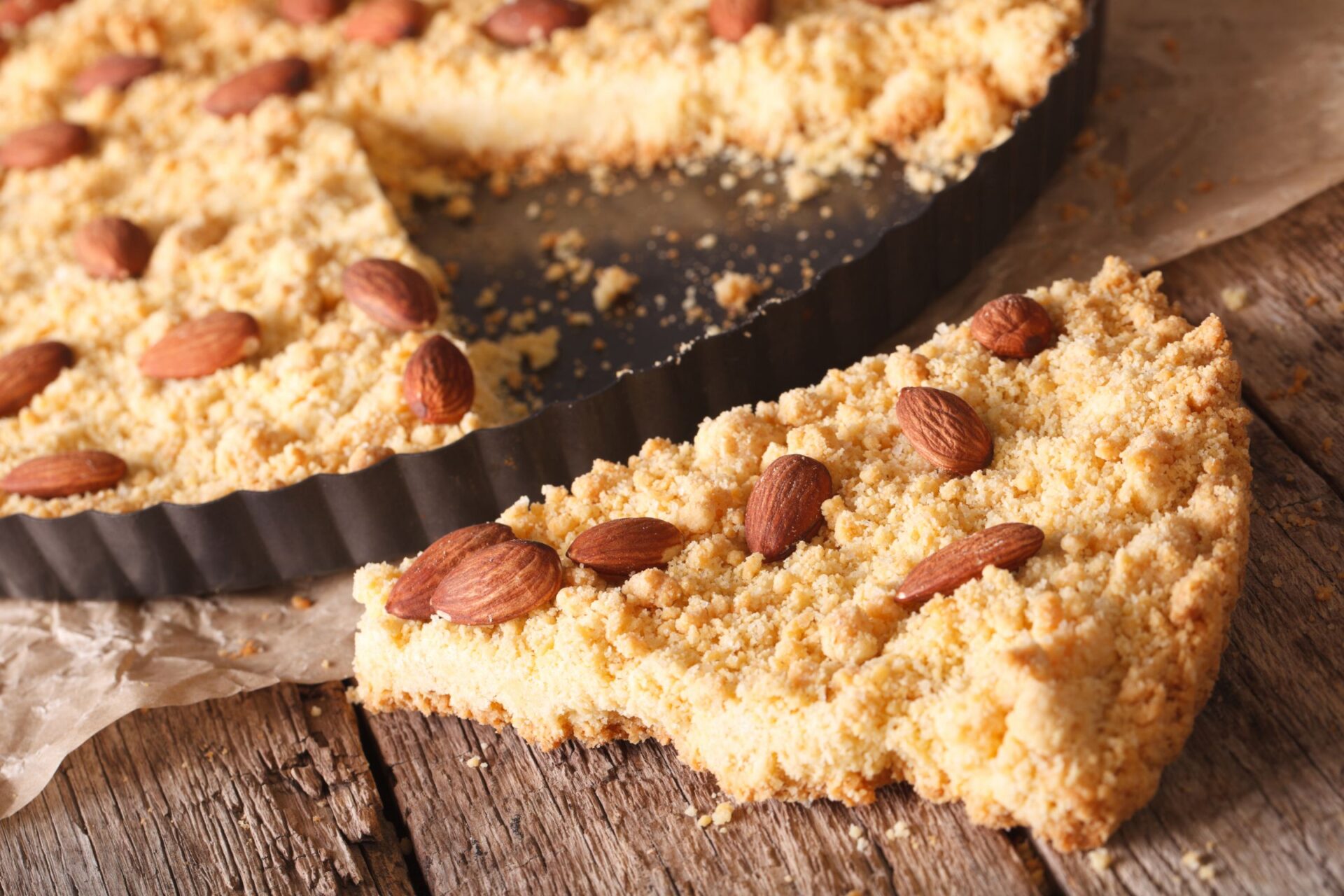
Franciacorta Sparkling Wine and Local Vineyards
Brescia sits near the Franciacorta wine region, Italy’s answer to Champagne. These sparkling wines are made using the traditional method with secondary fermentation in the bottle.
I found several wine bars in the city center offering Franciacorta by the glass. It’s typically drier than Prosecco with more complex flavors and finer bubbles.
Wine enthusiasts should consider a half-day trip to the vineyards just outside the city. Many wineries offer tours showing how this prestigious sparkling wine is produced.
The mineral-rich soil and unique microclimate create wines with distinctive character. My favorite varieties included the Brut and Satèn styles, which pair wonderfully with local cheeses and cured meats.
Restaurants and Piazzas: Dining Al Fresco
Dining outdoors in Brescia’s historic piazzas was one of my favorite experiences. Piazza della Loggia comes alive in the evenings with restaurants setting up tables under the stars.
I enjoyed watching locals and visitors while savoring traditional dishes at reasonable prices. Most restaurants offer outdoor seating from spring through fall.
For authentic cuisine, I ventured away from tourist areas to find trattorias frequented by locals. These family-run establishments often serve the best versions of regional specialties.
Many restaurants offer prix-fixe lunch menus that provide excellent value. This is a great way to sample multiple courses without breaking your travel budget.
Don’t miss aperitivo time (around 6-8 pm) when bars serve complimentary snacks with drinks – it’s a delightful Italian tradition that Brescia embraces wholeheartedly.
Beyond Brescia: Day Trips and Nearby Wonders
While Brescia captivates with its own treasures, the surrounding Lombardy region offers spectacular destinations just a short journey away. From shimmering lakes to medieval towns and sophisticated cities, these nearby gems make perfect day trips for travelers seeking to expand their Italian adventure.
Lake Garda’s Charms: Sirmione and Leisure Activities
I spent a magical day at Lake Garda, Italy’s largest lake, just 30 minutes from Brescia. The medieval town of Sirmione, perched on a narrow peninsula, became my favorite spot with its thermal baths and impressive 13th-century Scaliger Castle.
The crystal-clear waters invited me to try sailing and windsurfing, popular activities thanks to the lake’s reliable winds. For a more relaxed experience, I boarded a boat tour that revealed stunning shoreline villas and the famous Grotte di Catullo Roman ruins.
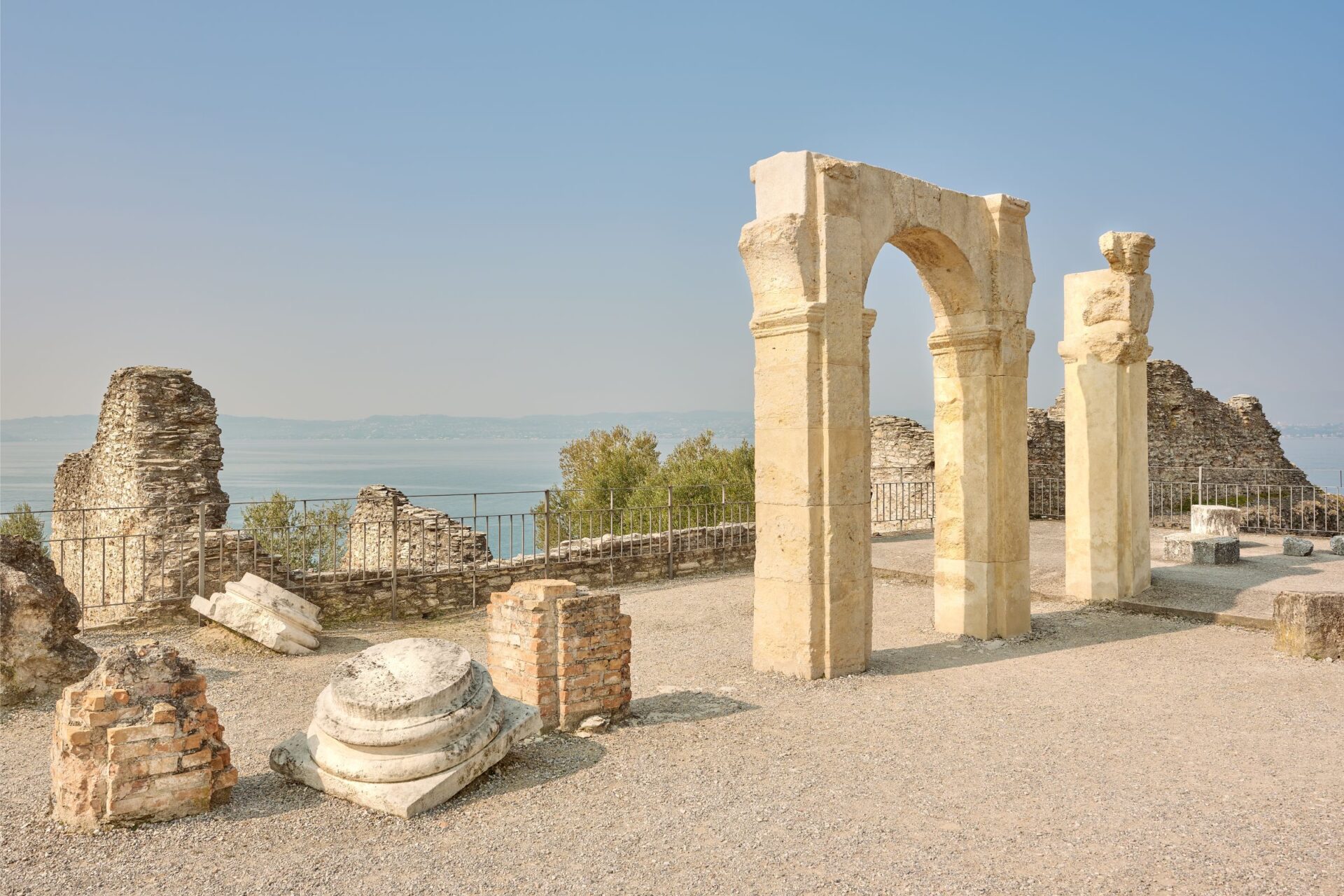
The lakeside restaurants serve fresh fish caught that morning. I particularly enjoyed a plate of lavarello (whitefish) while watching the sunset paint the water gold and pink. Lake Garda’s microclimate also nurtures olive groves and lemon trees, creating a Mediterranean feel in northern Italy.
Medieval Orvieto and its Underground Mysteries
My trip to Orvieto, though requiring an early start from Brescia, proved absolutely worthwhile. This stunning hill town sits dramatically atop volcanic rock in Umbria, crowned by its magnificent Gothic cathedral with a facade that sparkles with mosaics.
What truly fascinated me was Orvieto Underground—a labyrinth of more than 1,200 caves, tunnels, and wells dating back to Etruscan times. The guided tour revealed ancient olive presses, quarries, and medieval wells including the remarkable Pozzo di San Patrizio (St. Patrick’s Well).
The town’s pedestrian-friendly center invited leisurely exploration. I stopped at small shops selling local ceramics and enjoyed a glass of Orvieto Classico, the crisp white wine that shares the town’s name. The slower pace here offered a perfect contrast to Brescia’s urban energy.
Milan and Verona: Cities of Culture and Style
I couldn’t resist quick trips to Milan and Verona, both easily accessible from Brescia by train. In Milan, Italy’s fashion capital, I gazed at Leonardo da Vinci’s “Last Supper” (booking weeks ahead was essential) and toured the magnificent Duomo cathedral.
Verona, just 30 minutes away, charmed me with its romantic atmosphere and well-preserved Roman arena—still used for spectacular summer opera performances. I joined the crowds at Juliet’s balcony but found more authentic beauty in the medieval Piazza delle Erbe with its local market.
Both cities offer excellent shopping opportunities. In Milan, I browsed the elegant Galleria Vittorio Emanuele II, while Verona’s Via Mazzini provided a more intimate shopping experience. For food lovers, Milan’s risotto alla Milanese and Verona’s pasta with duck ragù showcase distinct regional flavors worth trying.
The Living Museum: UNESCO Sites and Legacy
Brescia stands as a living testament to history, where ancient stones tell stories spanning millennia. The city seamlessly blends preservation with daily life, creating an outdoor museum where past and present coexist.
Brescia’s UNESCO Heritage: Preserving the Past
Walking through Brescia, I’m always struck by how casually locals stroll past world-class historical treasures. The city’s Roman ruins are part of the “Longobards in Italy” UNESCO World Heritage designation, which recognizes their exceptional historical value.
Santa Giulia Museum complex is truly a journey through time. Inside, I discovered perfectly preserved Roman villa ruins alongside Lombard artifacts that date back to the 8th century. The detailed frescoes still retain their vibrant colors after centuries.
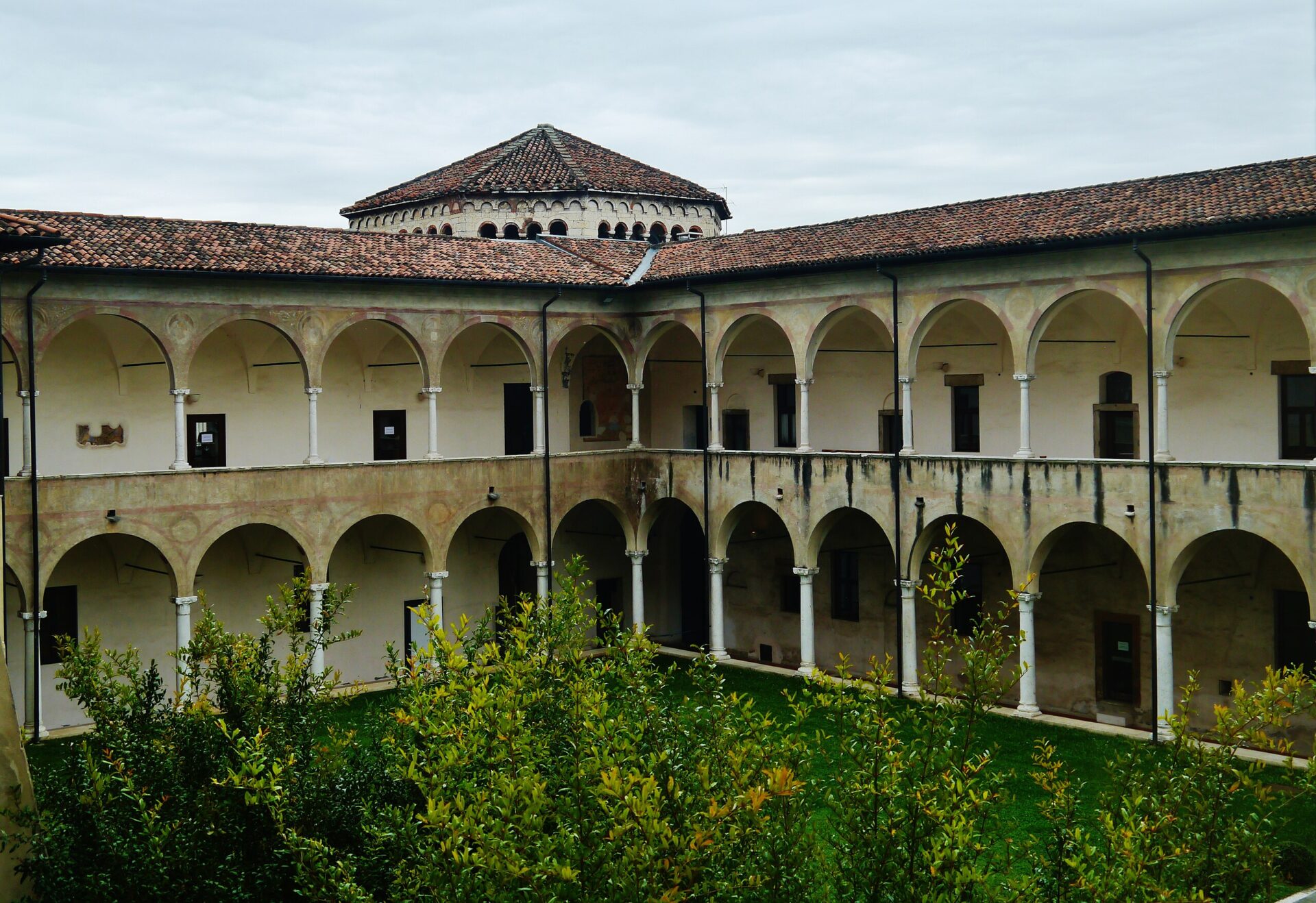
The ancient Roman theater ruins sit right in the middle of the city. Unlike many archaeological sites kept behind barriers, these remains are integrated into everyday Brescian life. Local cafés often have views of 2,000-year-old columns!
Mille Miglia: Racing Through History
The Mille Miglia represents Brescia’s more recent but equally important heritage. This legendary 1,000-mile race began here in 1927, cementing the city’s place in automotive history.
I visited the Mille Miglia Museum housed in a former monastery. The collection of vintage vehicles is stunning – from sleek Alfa Romeos to powerful Ferraris that once thundered through Lombardy’s winding roads.
Every May, the city transforms as the modern commemoration race begins. Hundreds of classic cars gather in Piazza della Vittoria before embarking on the historic route. The excitement is contagious as participants from around the world prepare for this celebration of speed and engineering.
Art and History Intersect: Lombardy’s Pride
Brescia serves as the cultural anchor of eastern Lombardy. Renaissance influences are visible throughout the historical center. Piazza della Loggia showcases the Venetian architectural style that dominated this region for centuries.
The Pinacoteca Tosio Martinengo gallery houses masterpieces by Raphael, Titian, and Lotto. I was particularly moved by the Lombard school paintings that capture the region’s unique artistic perspective.
What makes Brescia special is how its Renaissance squares flow naturally into medieval streets. Then, they suddenly reveal Roman foundations. This layering of history creates a unique experience. I could touch the stonework of different civilizations within minutes of each other.

